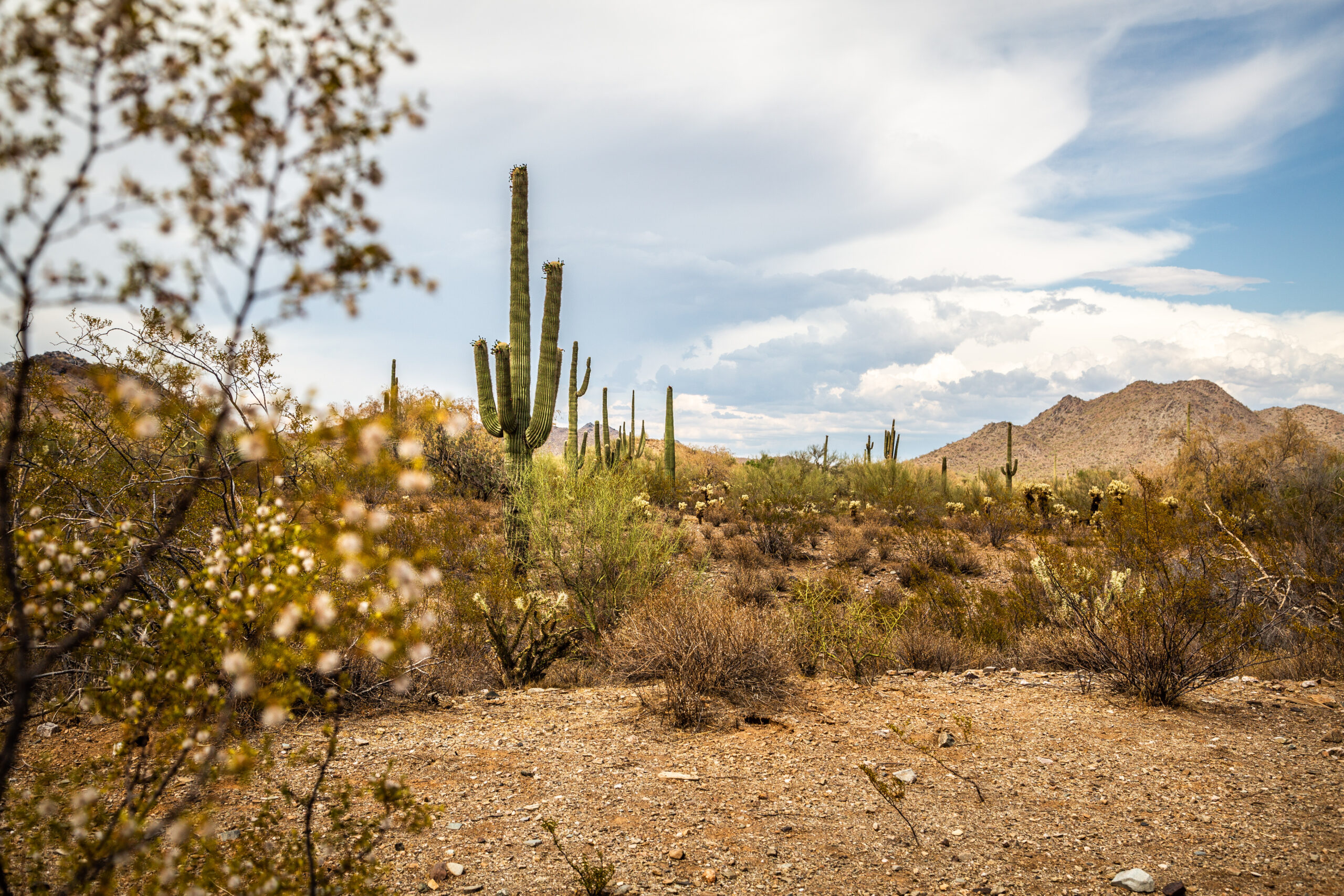The Cost of Intensity by Anne Brown, MS, LPC
Just a glance at the day’s news offers yet another example of the cost of addiction and intensity seeking. In the early hours of Monday morning, June 20, 2011, stunt man and actor Ryan Dunn died in an alcohol-fueled and intensity-seeking accident. It was estimated that he was driving in excess of 130 mph. Ryan Dunn died ‘high’; on intensity.
What is an intensity addict? A quick perusal of MTV, Discovery Channel and CNN offers many examples of people addicted to living life on the edge. What drives a man to perform near-death-defying stunts or to seek fame from the public personification of physical pain? What drives a fellow to take on Mother Nature by testing his survival skills and strength on the Bering Sea? Why do reporters run to a disaster instead of fleeing?
Intensity is a drug. It alters mood, mind and reality. To the spiritually deadened and relationally avoidant it breathes life. To the vulnerable it brings power and invincibility. Intensity lights up the central nervous system and creates a high. Intensity addicts don’t expect to suffer the effects of chance; they seek to chance the effects of suffering. The loss of an omnipresent power greater than oneself is at the core of such grandiosity. The intensity addict makes up the ‘thrill’ or euphoria to be the power greater than himself. Thus, the power greater than oneself is the self, the resultant net gain being null.
Addiction to intensity usually finds it roots in childhood. Children are spontaneous and open by nature and design. Given a healthy and moderate upbringing, children grow into adults with a reality-based sense of vulnerability and a thoughtful sort of spontaneity. They weigh risk and reward, generally erring on the side of preservation of self and others. They see their own worth and value as well of that of others. To truly jeopardize oneself or another is absurd and futile. Sadly, children exposed to extremes often do not develop this loving admiration. They instead develop admiration for what they can defy, tolerate, achieve, or conquer.
Intensity seekers are often “well-seasoned” in extremes from an early age. As the child’s central nervous system wires, it uses the daily norm as the baseline. Thus, if a child grows up in a chaotic environment, his nervous system learns to read “intense” as normal. Consequently, the child becomes an adult with a keen but often misguided skill set primed for chaos. Life may be dysfunctional, but it’s familiar. Should that same child find himself in calm, moderation, or relational vacancy, the nervous system would register deprivation, with the antidote being risk and intensity. The nervous system seeks a return to its ‘wired’ baseline or norm. However, what goes up to one extreme will proportionately seek the opposite extreme. Ultimately, without behavioral intervention and trauma resolution, intensity seeking is a formula for a quick reward and sometimes fatal consequence.
Anne Brown, a primary counselor at The Meadows since 2008, has a master’s degree in counseling from Johns Hopkins University; she specializes in treating sex addiction, co-sex addiction, eating disorders, co-dependency, and the underlying trauma issues of addiction. She has been working in the counseling field since 1999.

